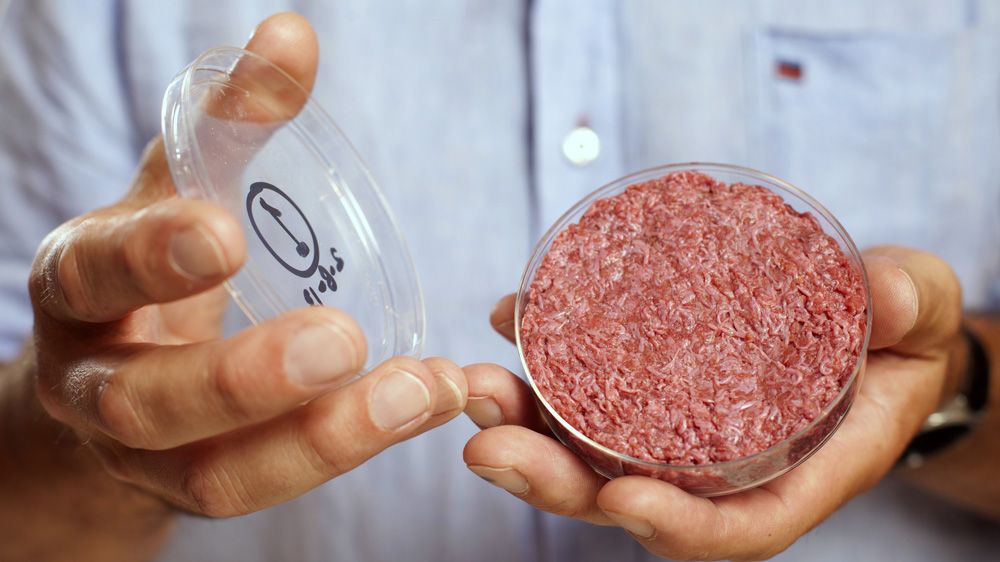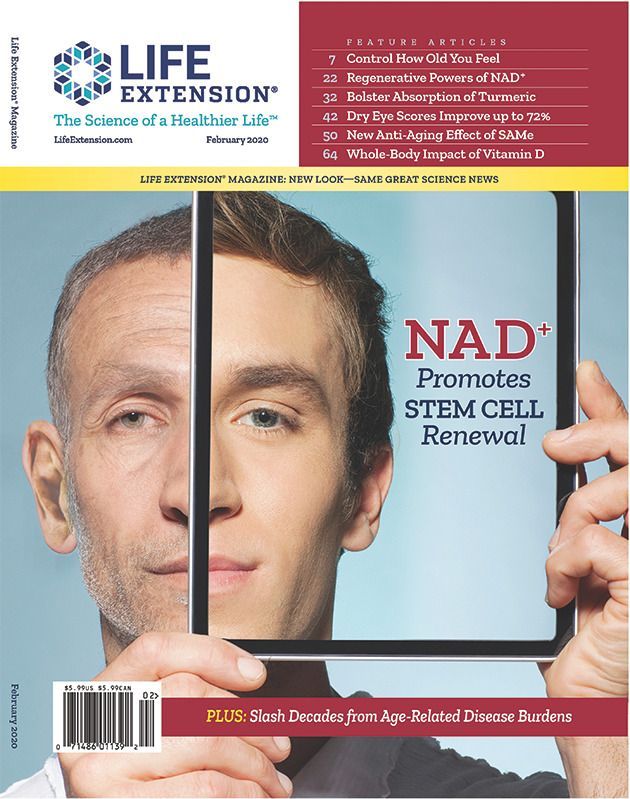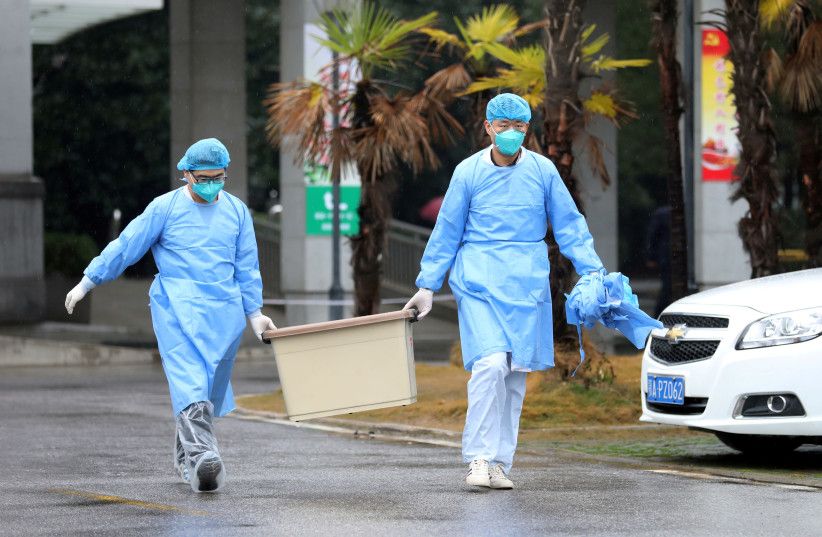Today’s super-rich are putting record sums into tackling the world’s most pressing problems. But how altruistic is this golden age of charitable giving?
Today’s super-wealthy are richer than ever. And they’re giving away their billions like never before. Philanthropists are putting record sums into tackling the world’s most pressing problems. And unlike the mega-donors of the past today’s philanthropists want to see the results in their lifetimes. But how altruistic is this new golden age of giving? Have these mega-donors become too powerful?
The way charities work is increasingly under the microscope. Donors large and small are demanding better bang for their buck. This is leading to innovative new approaches to doing good which are redefining notions of altruism.
Hilton Douglas is an outreach worker for Urban Pathways, a non-profit benefiting from a recent explosion in charity amongst wealthy Americans. There are record numbers of homeless people in New York and every day Hilton tries to help some of the worst affected. In 2018 spending by charitable foundations reached a record $75bn in America. The charity Hilton works for is one of 250 that are backed by New York’s largest and best-known foundation Robin Hood.
Robin Hood provides a small percentage of Urban Pathways’ total income. But the foundation also donates strategic and operational assistance. Urban Pathways runs outreach programmes and a drop-in centre and provides a roof for around 850 men and women each night.
Every year Robin Hood stages America’s biggest, glitziest fund-raising gala where it raises over 60% of its annual funding in three hours. While the average annual donation to the foundation is $108 the gala has helped Robin Hood become renowned as the charity of choice for hedge-fund managers and bankers. Over the past 30 years it’s raised and spent around $3bn fighting poverty in New York.






